Using roleplayers to train for hostage-rescue operations with Delta Force
- By George Hand
Share This Article
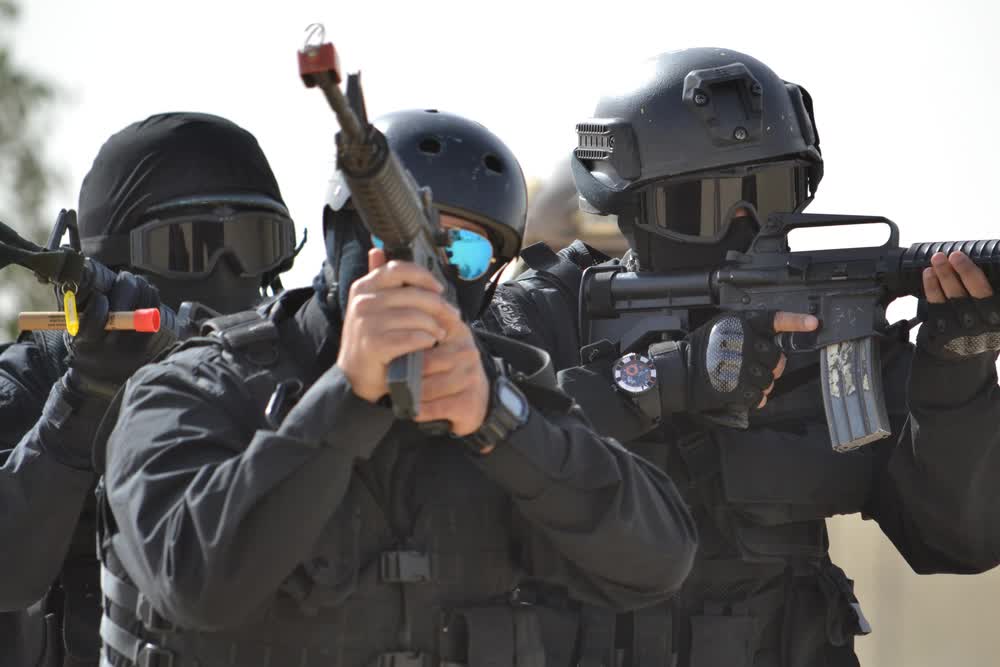
My time training in cities under the watch and control of local law enforcement was invaluable, to say the least. I can’t dream of a better city training scenario than the one we conducted yearly in such metropolises as Houston or New Orleans. Local city law enforcement organizations would establish a “box perimeter” inside which we would enjoy carte blanche freedom to operate in any mode required to fulfill our yearly training objectives.
I should make it clear that in no way did we ever mix a city’s police officers with our own personnel for training. That actually is against federal law and cannot legally be executed without a waiver to the Posse Comitatus Act of 1878, which removed the military from regular civil law enforcement. It was enacted in response to the abuses resulting from the extensive use of the Army in civil law enforcement during the Civil War and the Reconstruction. The act also prevented the joint training of military and civilian law enforcement organizations for execution of operations against felons, and other would-be persons and groups. To this day, America maintains a strong separation between the military and civilian worlds.
During my training, the officers involved in establishing safety corridors and roadblocks all did so off-duty, during night hours, and were paid time-and-a-half for their efforts. It was a good deal for law officers who all enjoyed the perk of the extra monetary compensation for the little work effort they provided – some of them even got to train at our Delta compound as thanks.
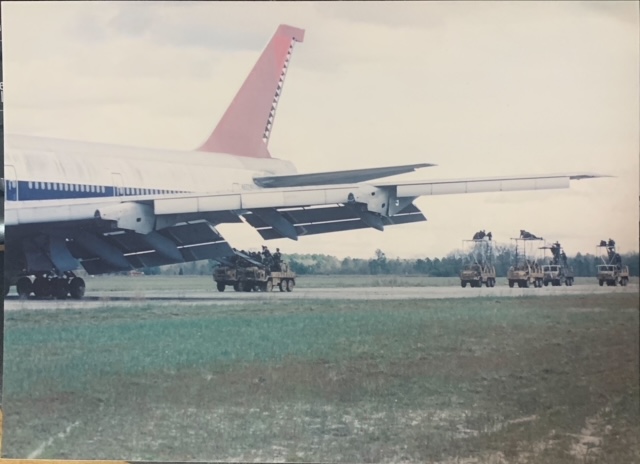
All of the roadblocks drew a healthy band of citizens who were more than just a little curious about the presence of the mysterious invisible black helicopters abuzz in their city. Everyone seemed to want to be in the know and fully abreast of the “secret” event going on in the city. Many – probably former military types –had a basic understanding of the activities and many were bursting at the seams with conspiracy theories that always seemed to favor the presence of Delta in the city. I can only presume that the Navy SEAL Teams shared the same conundrum.
Aside from staffing the security corridors and road locks, the police, and even their family members, acted as all-important roleplayers in the many scenarios: They roleplayed as hostages and prisoners as well as terrorists and the sort.
Hostage-liberation training becomes invaluable when roleplayers participate. Although the presence of living persons warranted the use of non-lethal munitions, the realism that live persons brought to the training was essential and irreplaceable.
Related: How to avoid a 500lb bomb blast: A Delta Force philosophy on speed
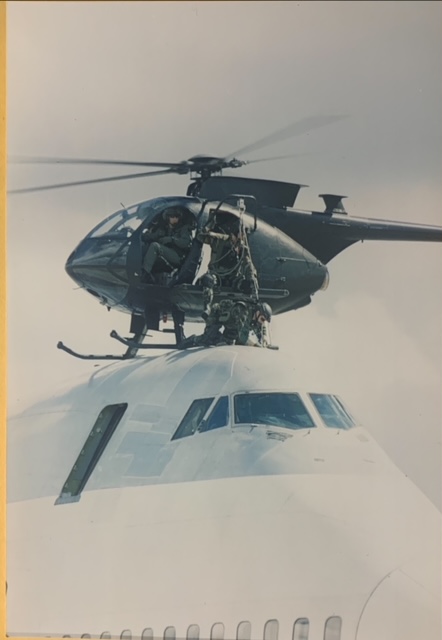
In airplane-highjacking training, I have experienced the presence of as many as 200 roleplayers acting as passengers and flight crew. It is a daunting task to deal with such a throng of people in a highjack hostage-rescue scenario. The groups included men, women, and children complete with disparate behaviors – even disabled persons in wheelchairs or on crutches, and blind and deaf were roleplayed.
Immediate family members of law enforcement officers also had willing friends and acquaintances that they brought to participate in the training; a little creativity can serve to muster up a decent and realistic crowd of roleplayers. Our operations cells were constantly on the lookout for more people to contribute to our training scenarios as roleplayers.
Related: Delta Force’s approach to medical training
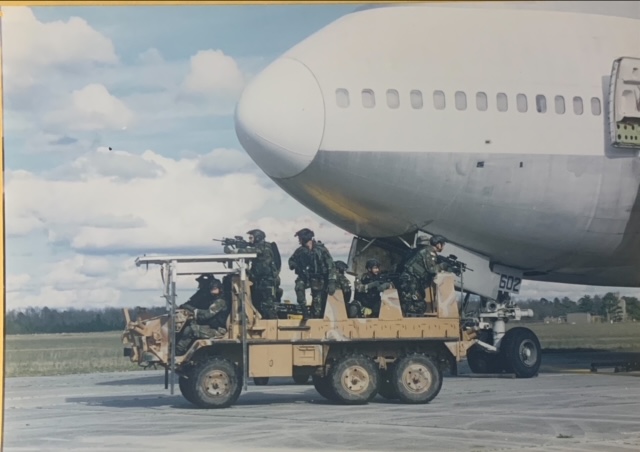
I never lost sight of the Delta Operations and Logistic managers who were responsible for growing and managing such a crowd of roleplayers for our training – it must have been like herding a couple of hundred cats! My hat is certainly off to them for their ability to pull off such a feat.
Imagine for a moment a highjack airline scenario. Once the highjackers have been identified and eliminated from the equation, the job isn’t done as there might be more highjackers hiding. So, every passenger must be searched and vetted against the manifest to determine if they are “clean” or potential sleepers mingling among the other innocent passengers. Yes, all passengers have to be dealt with in the same manner, based on the presumption that a bad player may be lurking among the crowd of airline travelers. It’s a tough scenario.
Cops are tough and spirited when it comes to roleplayers. They are also right at home when it comes to roadblocks, security perimeters, and dealing with crowds of people. While it is true that cops and Delta are not permitted to actually conduct combat or training missions together, it is still possible to be creative. For example, it is always possible for cops to move behind the Delta operation in a purely observational role; that is, proceed behind the advancing Delta movement in a hostage scenario (for example), gathering “Easter Eggs” of learning. “Gotta love a cop.”
By Almighty God and with honor,
geo sends
Read more from Sandboxx News
Related Posts
Sandboxx News Merch
-

‘AirPower’ Classic Hoodie
$46.00 – $48.00 Select options This product has multiple variants. The options may be chosen on the product page -

‘Sandboxx News’ Trucker Cap
$27.00 Select options This product has multiple variants. The options may be chosen on the product page -
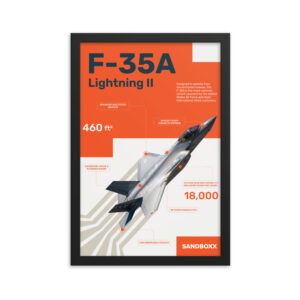
F-35 ‘Lightning’ Framed Poster
$45.00 – $111.00 Select options This product has multiple variants. The options may be chosen on the product page
George Hand
Master Sergeant US Army (ret) from the 1st Special Forces Operational Detachment-Delta, The Delta Force. In service, he maintained a high level of proficiency in 6 foreign languages. Post military, George worked as a subcontracter for the U.S. Department of Energy (DOE) on the nuclear test site north of Las Vegas Nevada for 16 years. Currently, George works as an Intelligence Analyst and street operative in the fight against human trafficking. A master cabinet-grade woodworker and master photographer, George is a man of diverse interests and broad talents.
Related to: Special Operations
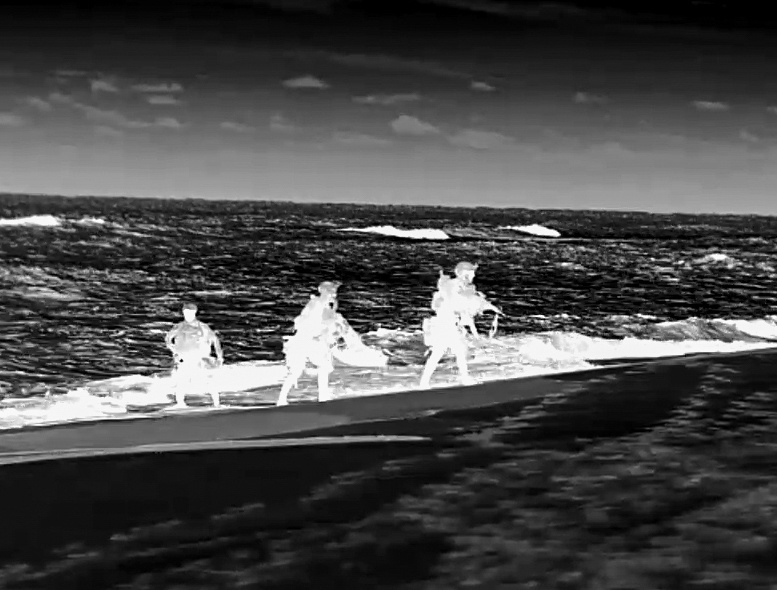
This is how Navy SEALs conduct “over-the-beach” operations
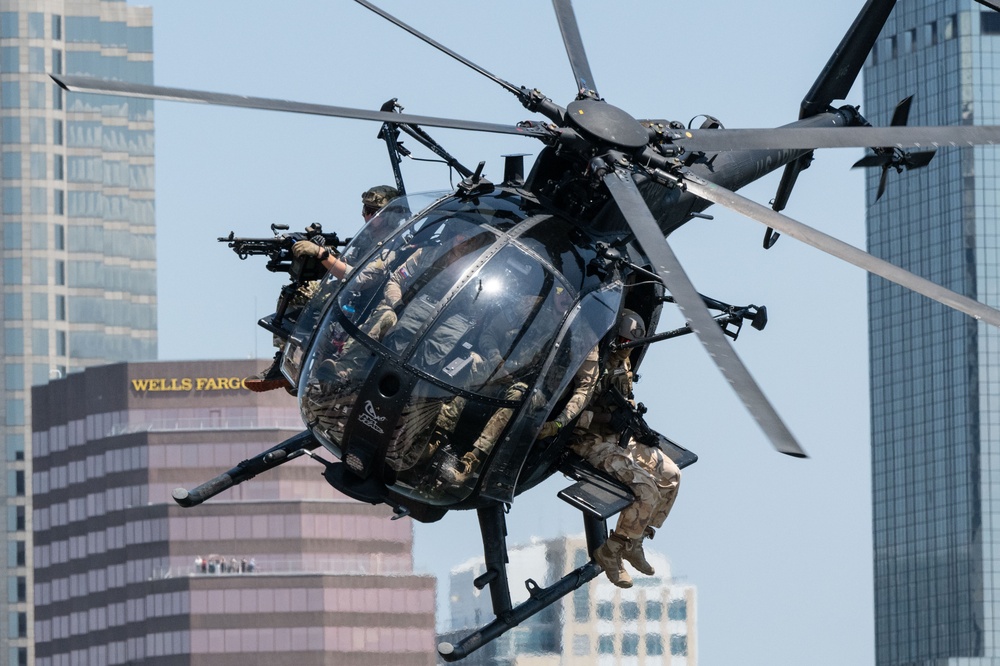
A Delta man’s failure to follow instructions was more than it seemed
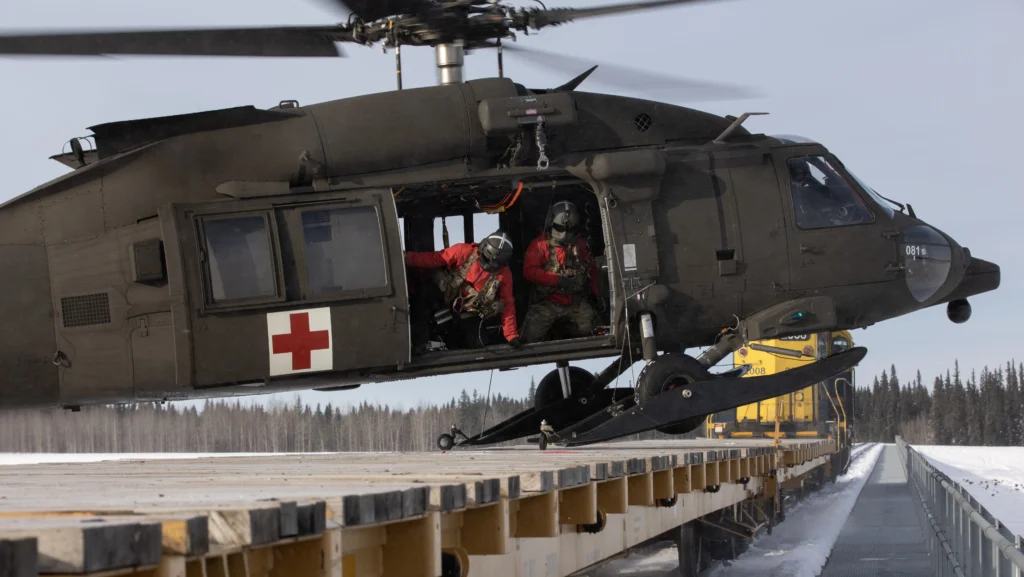
Soldiers in Alaska landed their Black Hawk on a train in a special ops exercise
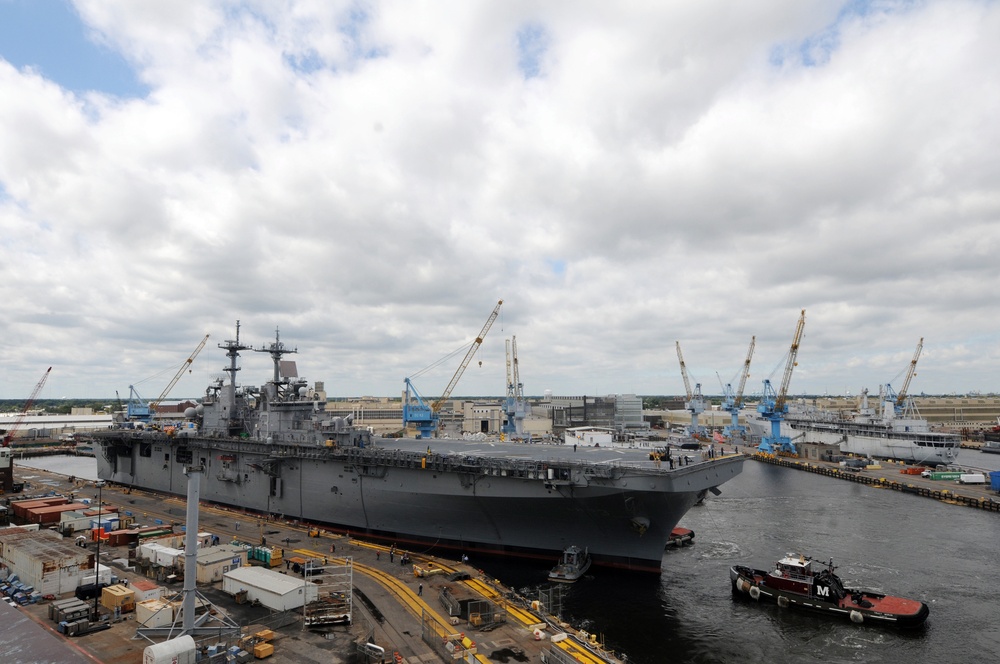
Fixing the US Navy’s shipbuilding problems starts with the workers, agency analysts say
Sandboxx News
-

‘Sandboxx News’ Trucker Cap
$27.00 Select options This product has multiple variants. The options may be chosen on the product page -

‘AirPower’ Classic Hoodie
$46.00 – $48.00 Select options This product has multiple variants. The options may be chosen on the product page -

‘AirPower’ Golf Rope Hat
$31.00 Select options This product has multiple variants. The options may be chosen on the product page -

‘Sandboxx News’ Dad Hat
$27.00 Select options This product has multiple variants. The options may be chosen on the product page
